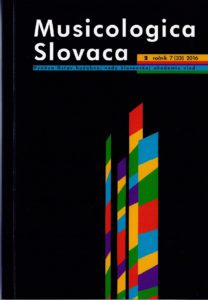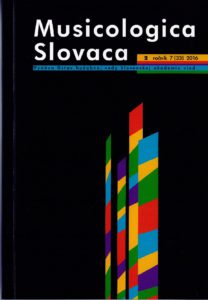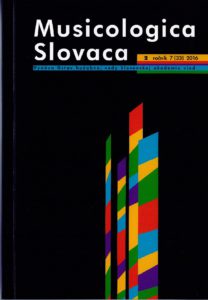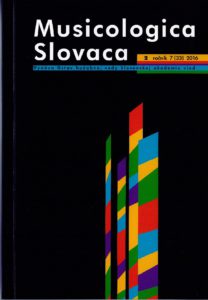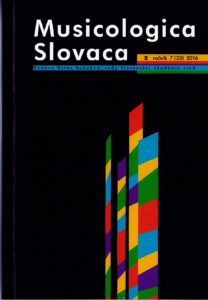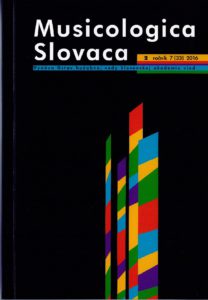
Moravská královská města, Bratislava a Vídeň: shody a odlišnosti v městském hudebním prostředí v 16. a na počátku 17. století
Systematic study of archival sources of a non-musical character in selected Moravian royal cities in the 16th and early 17th centuries has produced a series of parallels with cities of the Central European space, and above all with the nearest of them, Bratislava and Vienna. The following study aims to highlight one of the principal areas of urban musical culture: musical activity in city parish churches, with emphasis on the similarities and differences between individual cities. Cantors, schoolmasters, organists and city trumpeters, in other words the leading figures in urban musical culture in the 16th and 17th centuries, were paid partly from church funds but mainly from the city budget. Extant sources, in the form of municipal account books and books of church accounts, together with testamentary books and other written materials, provide valuable testimony on the specific musical duties of the cantor and his pupils, the church choirs’ repertoires, and the duties of city trumpeters, which were more or less correspondent in the individual cities.
More...
